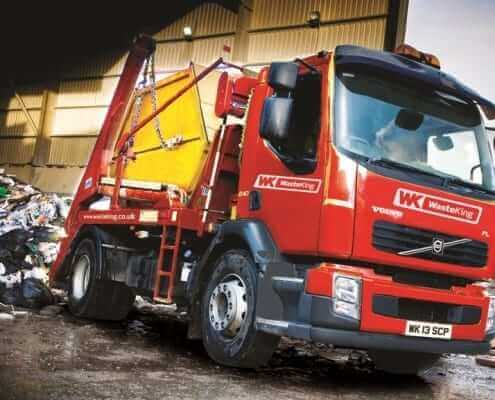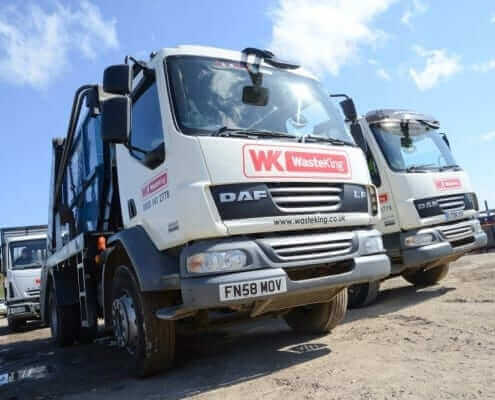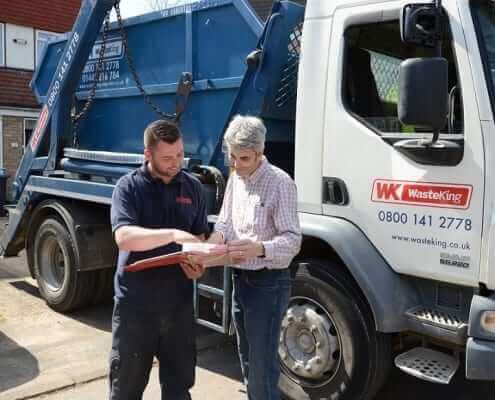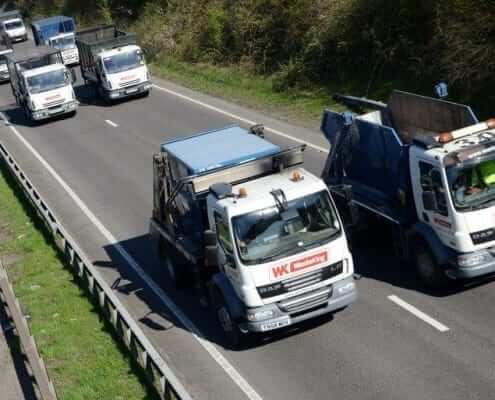




Landscaping Projects Made Easier with Skip Hire Services
Whether you’re a seasoned landscaper or a homeowner looking to revamp your garden, one thing is certain: landscaping projects generate a lot of waste. From old turf and soil to discarded plant material and broken paving stones, the debris can quickly pile up, making the project area untidy and unsafe. This is where skip hire services come into play, offering a simple and efficient solution to manage waste, keeping your project site clean and your workflow unimpeded.
The Benefits of Skip Hire for Landscaping Projects
1. Convenience: Hiring a skip is straightforward. The skip is delivered to your location at a time that suits you and collected once you’re done, saving you the hassle of multiple trips to the dump with your car, which can be time-consuming and messy.
2. Cost-Effective: Considering the time and fuel costs associated with transporting waste to disposal sites yourself, skip hire can be a cost-effective option. It reduces the need for multiple waste disposal runs and helps you focus your resources on the actual landscaping work.
3. Versatility: Skips come in various sizes, making them perfect for landscaping projects large and small. Whether you’re clearing a small garden or undertaking a major landscape overhaul, there’s a skip size that will meet your needs.
4. Improved Safety: Keeping waste materials on-site can pose safety risks, especially on sites where heavy equipment and tools are used. A skip provides a designated place to store all waste, reducing the risk of accidents caused by debris scattered around the project area.
5. Eco-Friendly: Professional skip hire services often include environmentally responsible waste management. The waste collected is sorted, and as much as possible is recycled, reducing the environmental impact of your landscaping project.
Planning Your Skip Hire for a Landscaping Project
Step 1: Assess Your Waste
Start by estimating the amount of waste your project will generate. This will help you determine the size of the skip you need. Common waste types in landscaping include soil, green waste, and old garden fixtures.
Step 2: Choose the Right Skip Size
Skips range from small mini-skips for minor garden clean-ups to large builders’ skips capable of holding significant amounts of debris. Choosing the correct size ensures you pay only for the capacity you need.
Step 3: Check for Permits
If you plan to place your skip on a public road, a permit from your local council is necessary. Check the regulations in your area before hiring a skip. Placement on private land typically does not require a permit.
Step 4: Schedule Delivery and Pickup
Coordinate the delivery and collection of your skip to align with the phases of your project. Ensure the skip is accessible for drop-off and collection, and there is ample space for safe usage.
Case Study: A Garden Remodel Success
Consider the case of a homeowner in Surrey who undertook a garden remodel. The project involved removing an old patio, excavating an area for new planting, and pruning overgrown trees and shrubs. By hiring a medium-sized skip, they managed to dispose of all the waste efficiently. The skip hire company ensured that more than 80% of the waste was recycled, aligning with the homeowner’s desire for an eco-friendly renovation.
Conclusion
Skip hire services simplify waste management for landscaping projects, allowing both professionals and enthusiasts to focus on creating beautiful, functional outdoor spaces. By providing a practical waste disposal solution, skips not only save time and effort but also promote a safer and more sustainable approach to garden and landscape renovation. Whether you’re constructing a new garden feature or clearing out old vegetation, a skip is an essential tool for managing waste effectively and responsibly.
Skip Hire St Albans, Skip Hire Halifax, Skip Hire Oxford, Skip Hire Stirling, Skip Hire Northwich, Skip Hire Kettering, Skip Hire Plymouth

Unit 15 Hockliffe Business Park |
|




